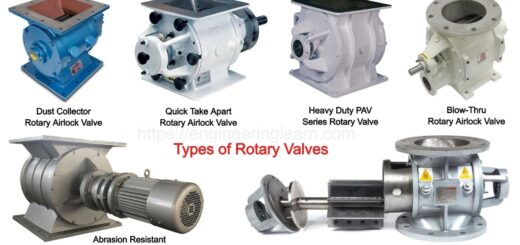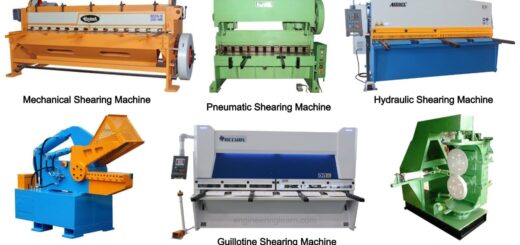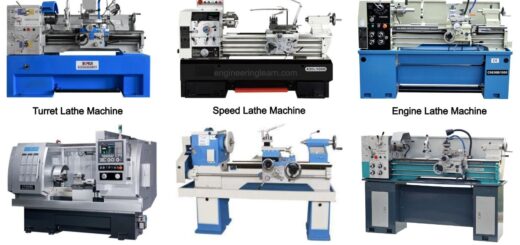Types of Calibration: Definition, Purpose, Instrument & Examples [Explained with Details]
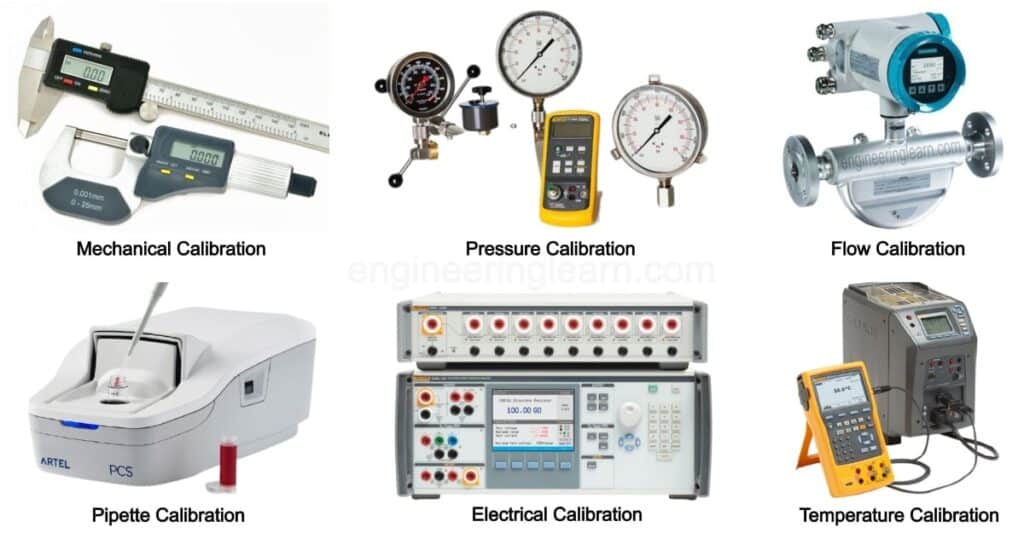
General Description of Calibration
Types of Calibration: Definition, Purpose, Instrument & Examples :- Calibration is the comparison of measurement results provided by a device under test with those of a calibration standard of established accuracy in measurement technology and metrology. Another known-accuracy measurement equipment, a device that generates the amount to be measured, such as a voltage or a sound tone, or a physical arte-fact, such as a meter ruler, could be used as a standard.
The calibration is just a comparison of measurement between the test equipment to the standard equipment. The comparison could lead to following outcome;
- No significant error is found in test equipment.
- Significant error found but no adjustment has been made.
- Significant error found and slight adjustment was made to reduce the error.
Types of Calibration
Calibration of measurement equipment can be done on a variety of instruments in a variety of industries. Let’s have a look at some of the most common calibration procedures:
1. Electrical Calibration: ( Types of Calibration )
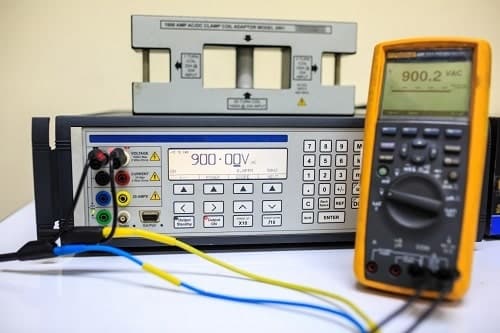
Electrical calibration is the process of ensuring that any instrument that measures or tests electrical properties such as voltage, current, resistance, inductance, capacitance, time, and frequency is operating properly. Electrical calibration is a high end process which needs the use of precise instruments or calibrators to assess the performance of important criteria in other devices referred to as units under test.
The following instruments are frequently submitted for electrical calibration:
- Data loggers
- Electric meters
- Multi-meters
- Oscilloscopes
- Frequency counters
- Insulation Testers
- Loop testers etc.
2. Mechanical Calibration: ( Types of Calibration )
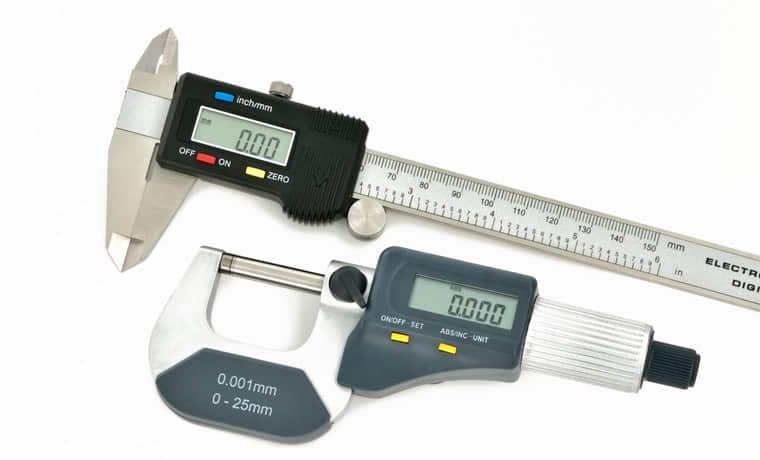
Mechanical instruments are prone to drift as a result of repeated use, mechanical stress, and exposure to fluctuating air conditions etc., and because of such condition the mechanical calibration is the much needed remedy to overcome the error induced in the equipment’s. Mass, volume, density, force, torque, dimension, angle, flatness, and vibration are the major properties that are calibrated during mechanical calibration in a temperature-controlled atmosphere.
The following are some of the most commonly tested mechanical calibration instruments:
- Accelerometers
- Scales/Balances
- Force Gauges & Load Cells
- Micrometers, Vernier, and height gauges
- Screwdrivers & Torque Wrenches
- Sets of Weight and Mass
3. Flow Calibration: ( Types of Calibration )
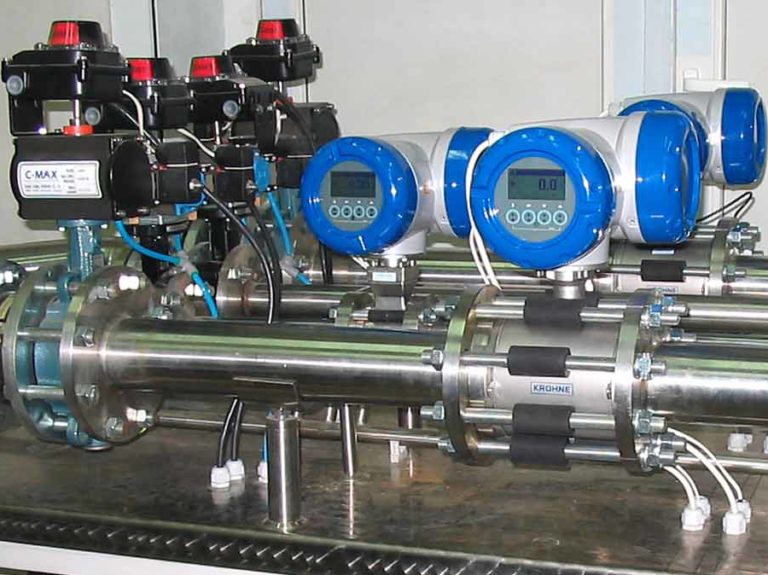
A flow meter (also known as a flow sensor) is a device that measures the linear or non-linear, mass or volumetric flow rate of a liquid or gas. The flow rate is the rate at which a process fluid moves through pipelines, orifices, or vessels at a given time, and it is measured by instruments through a controlled manner to monitor and regulate the speed and efficiency of industrial flow processes and devices.
Calibration is required for flow equipment that helps maximize production, profitability, and compliance with regulatory standards. These flow meters that verify product or feedstock quality and quantity, fuel/energy quantity, or function in a vital process require flow calibration services on a regular basis to guarantee that measurements are accurate, allowing operations to proceed safely and on time.
The four most common types of flow meters that need calibration are:
- Thermal Mass Flowmeters
- Laminar flowmeters
- Gas and Air Rotameters
- Turbine meters
4. Pipette Calibration: ( Types of Calibration )

Pipette calibration is necessary for accurate and precise pipetting results in laboratories that uses this measurement device often. The calibration process and methods must be followed for all types of pipettes used in laboratories, including single-channel, multi-channel manual pipettes, and electronic pipettes. The primary goal of pipette calibration is to guarantee that dispensing is done with the desired precision.
5. Pressure Calibration: ( Types of Calibration )
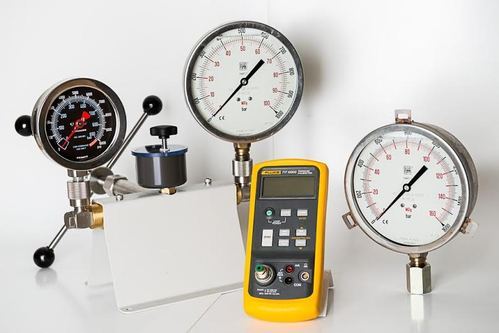
Pressure calibration is a critical operation performed in a variety of industries where measurement equipment is required to monitor process performance and safety, with gas and hydraulic pressure being the most common measurements. Many businesses are now certified to quality standards such as ISO9000. There is a different procedure that must be followed in order to maintain quality standards, and because many industrial processes depend upon pressure measurement, pressure calibration is a crucial aspect of a company’s quality assurance.
Pressure calibration is carried out using a different pressure balances and calibrators, as well as high-accuracy pressure sensors and pressure gauges.
The following are some examples of pressure devices that are calibrated on a regular basis:
- Digital Pressure Gauges
- Digital Indicators
- Transducers
- Transmitters
- Analogue Pressure Gauges
- Barometers
- Test Gauges
6. Temperature Calibration: ( Types of Calibration )
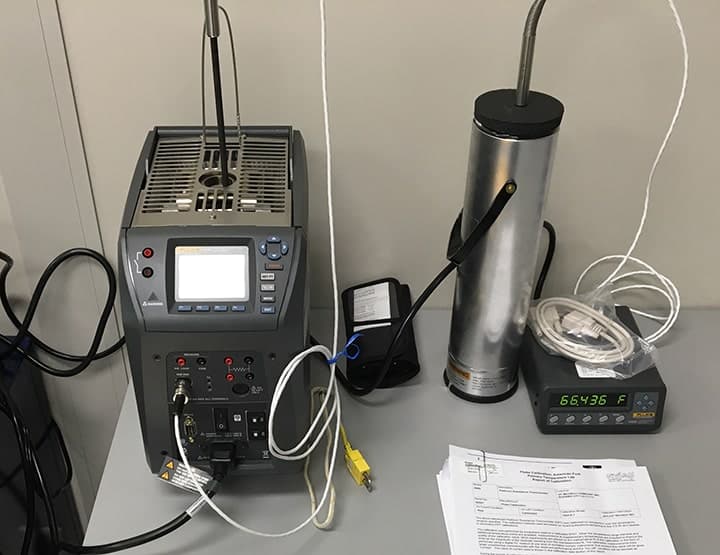
Temperature calibration is undertaken and carried out in a controlled environment in all processes where temperature readings play an important role for the equipment’s to run without interruption. Thermistors, thermocouples, or Platinum resistance thermometers (PRTs), sometimes known as resistance temperature devices (RTDs), are commonly employed in temperature calibration.
It’s important to remember that measuring the temperature from a temperature sensor using an RTD or thermocouple indicator and then comparing the readings to the in-line field indicator is not a temperature calibration. A temperature calibration can only be done by comparing the probe being tested to a recognized reference in a stable temperature environment.
The following are some examples of equipment that need temperature calibration on a regular basis:
- Data Acquisition Systems
- Thermometers/Thermocouples
- Dial Thermometers
- Chambers/Furnaces
- Infrared Meters
- PRTs and Thermistors
- Thermal Cameras
Image Source :- safetyservices, 247scales, youngcalibration, controltechnic, michelli
